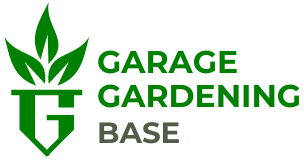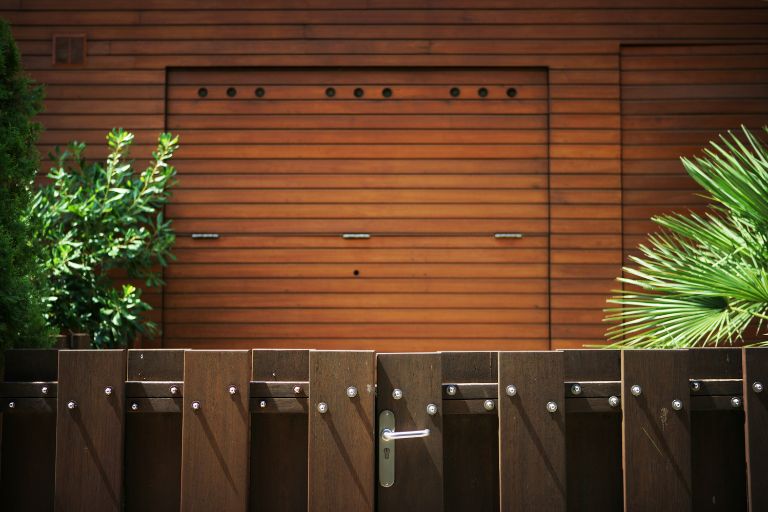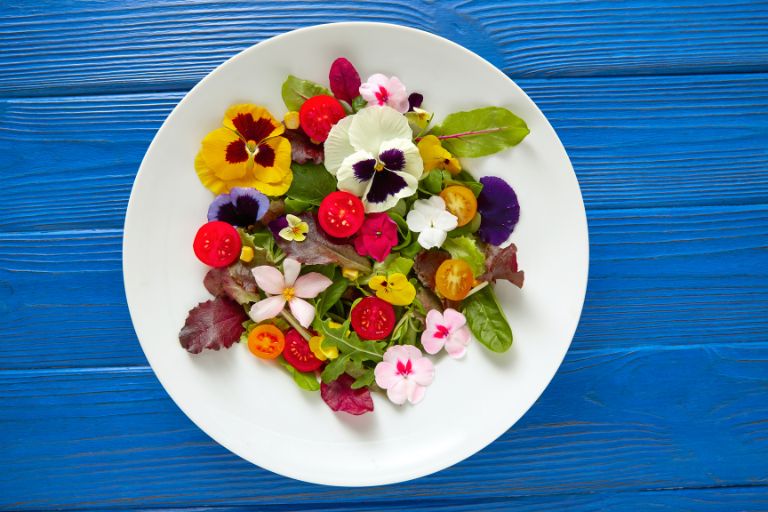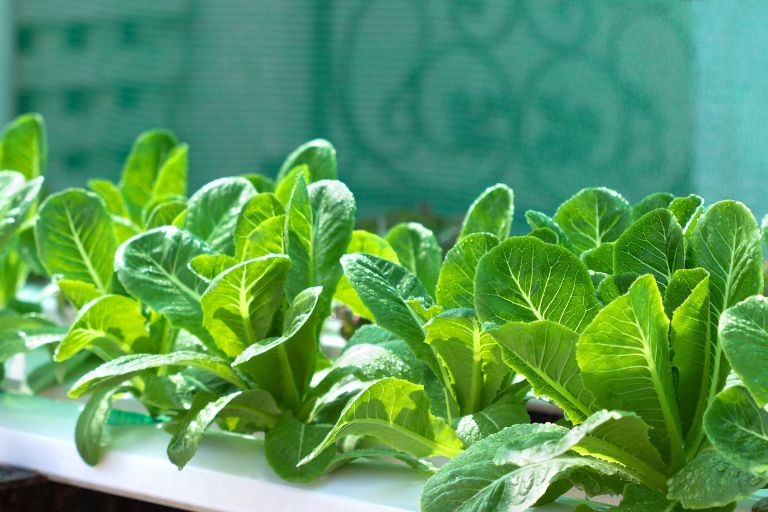From Harvest to Pantry: A Guide to Preserving and Storing Your Garage-Grown Bounty
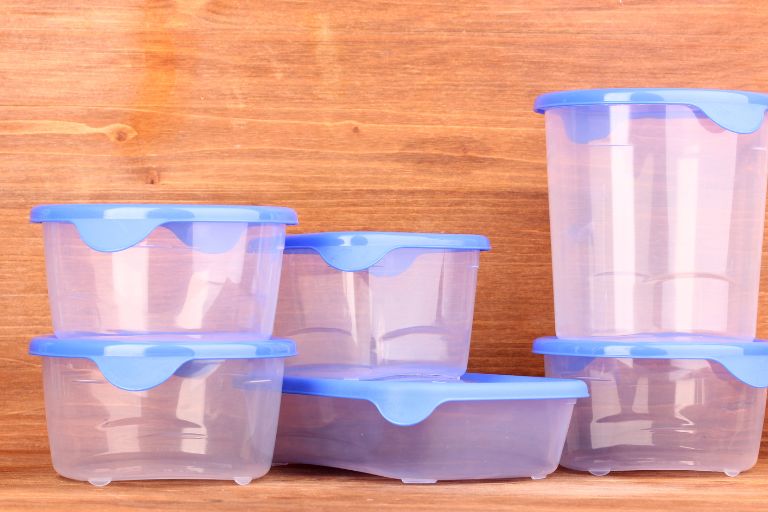
Preserving and storing garage-grown produce is an important aspect of garage gardening. Garage gardening is a popular way of growing fresh, organic produce in limited spaces such as garages or small indoor areas. However, after harvesting, gardeners are often faced with the challenge of preserving and storing their produce to maintain its freshness and extend its shelf life. Without proper preservation and storage techniques, harvested produce can quickly spoil and go to waste. By using various methods such as canning, freezing and dehydrating, gardeners can preserve the nutritional value and flavour of their produce and enjoy it for months to come. This article provides a comprehensive guide to preserving and storing home-grown produce, including best practices for handling, methods of preservation, equipment needed, and tips for preventing spoilage and waste. Proper preservation and storage techniques not only reduce food waste, but also help gardeners make the most of their harvest, save money and promote a sustainable lifestyle.
Benefits of Preserving and Storing
Preserving and storing home-grown produce has many benefits for gardeners, including:
Reduce food waste – Properly preserving and storing produce can significantly reduce food waste by extending the shelf life of fresh fruits and vegetables.
Save money – By preserving and storing their own produce, gardeners can avoid buying expensive canned or frozen fruits and vegetables from grocery stores.
Nutritional value – Preserving and storing produce can help preserve the nutritional value of fruits and vegetables, ensuring that gardeners have access to healthy food all year round.
Convenience – Having canned produce on hand allows gardeners to prepare healthy meals quickly and easily, even during the off-season.
Supports a sustainable lifestyle – Preserving and storing home-grown produce promotes sustainability by reducing food waste, supporting local agriculture and reducing dependence on store-bought produce.
Preserving and storing garage-grown produce is an excellent way for gardeners to maximise the value of their harvest, reduce food waste and promote a sustainable lifestyle.
Best Practices for Harvesting and Handling Produce
The quality and longevity of harvested produce depends largely on how it’s handled from the moment it’s picked. Some best practices for harvesting and handling produce include:
Harvesting at the right time – It’s important to harvest produce at the right time to ensure maximum flavour and nutritional value. For example, tomatoes should be picked when they are fully ripe, while leafy greens are best picked when they are young and tender.
Use clean tools – Always use clean tools, such as shears or scissors, when harvesting produce to prevent the spread of disease.
Handle with care – Be gentle when handling produce, as bruising or crushing can lead to spoilage.
Wash thoroughly – Rinse produce thoroughly with clean water to remove any dirt or debris.
Dry completely – Dry produce completely before storing as excess moisture can lead to spoilage.
Sort and discard damaged produce – Sort through the harvested produce and discard any damaged or spoiled items. Damaged produce can spoil quickly and can also cause nearby produce to spoil.
Store at the right temperature – Different produce requires different storage temperatures. For example, tomatoes should be stored at room temperature, while leafy greens should be stored in the refrigerator.
Following these best practices, growers can ensure that the produce they harvest is of the highest quality and has the longest possible shelf life.
Methods of Preserving Produce
There are several methods of preserving produce, including canning, freezing and dehydration:
Canning – Canning involves heating jars of produce to a high temperature to kill bacteria and create a seal that prevents air and bacteria from entering. Canned produce can be stored for up to a year or more.
Freezing – Freezing is a quick and easy way to preserve produce. Simply wash and cut the produce, then blanch in boiling water to preserve colour and texture. Once blanched, produce can be frozen in plastic bags or containers and stored for several months.
Dehydrate – Dehydration is the process of removing moisture from produce to prevent spoilage. This can be done using a dehydrator or by drying the produce in an oven. Dried produce can be stored for several months.
Each preservation method has its pros and cons. For example, canning requires more equipment and preparation time, but can preserve produce for longer. Freezing is quick and easy but takes up freezer space. Drying requires a dehydrator or oven, but dried produce takes up less space and can be stored for longer periods.
The method you choose will depend on the type of produce you are preserving, the equipment and space available, and your personal preferences.
Tools and Equipment Needed for Preservation
The tools and equipment needed to preserve home-grown produce vary depending on the preservation method chosen. Here are some common tools and equipment needed for each preservation method:
Canning – Canning jars and lids, water bath canner or pressure canner, canning utensils (jar lifter, lid lifter, canning funnel, etc.), kitchen scales and boiling water or pressure canning recipe.
Freezing – Plastic freezer bags or containers, airtight freezer-safe containers, large pot for blanching, colander or strainer & kitchen scales.
Dehydration – Dehydrator or oven, parchment paper or non-stick baking paper, mandoline or sharp knife, kitchen scales & airtight containers or plastic bags.
Additional equipment such as labels, a thermometer and a timer can also be useful for all preservation methods.
It’s important to follow the instructions for the specific preservation method carefully and to ensure that all equipment is clean and in good condition to prevent contamination and spoilage. Using the right tools and equipment, preserving home-grown produce can be an easy and rewarding process.
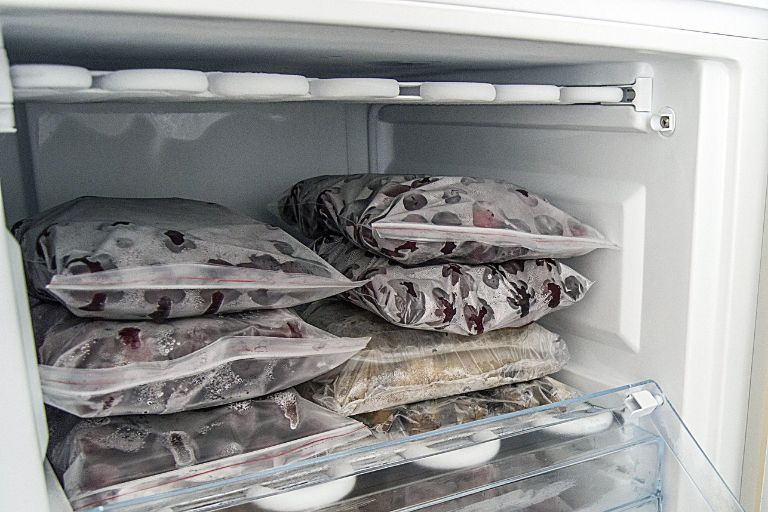
How to Store Preserved Produce
Proper storage of preserved foods is essential to ensure they stay fresh and safe to eat. Some tips for storing different types of canned food include:
Canned foods – Store canned foods in a cool, dark place such as a pantry or cupboard. Make sure the jars are upright and not touching, and check them regularly for signs of spoilage, such as bulging lids or a bad smell.
Frozen produce – Store frozen produce in a freezer-safe container or plastic bag, labelled with the contents and date. Keep the freezer at or below 0°F (-18°C) to ensure the quality and safety of frozen produce.
Dehydrated produce – Store dehydrated produce in an airtight container or plastic bag and label with contents and date. Store in a cool, dry place away from light and moisture.
In general, it’s important to keep all preserves away from heat, light and moisture to prevent spoilage. It’s also a good idea to label all containers with the contents and date to ensure you use them before they expire. Using these tips will help keep your canned food fresh and safe to eat for as long as possible.
Tips for Preventing Spoilage and Waste
Here are some tips on how to prevent spoilage and waste in garage-grown produce:
Harvest at the right time – Harvest produce when it is ripe, but before it becomes overripe or starts to spoil. This will help ensure that the produce has the best flavour and nutritional value.
Handle produce gently – Handle produce gently to avoid bruising or damage that can lead to spoilage.
Clean and dry produce thoroughly – Rinse produce with clean water and dry thoroughly to remove any dirt or debris that can harbour bacteria.
Store produce properly – Store produce in a cool, dry place away from direct sunlight and heat. Different types of produce require different storage temperatures and humidity levels, so it’s important to research the best storage conditions for each type of produce.
Check produce regularly – Check produce regularly for signs of spoilage such as mould, discolouration or an off odour. Discard any spoiled produce to prevent it from spoiling other produce.
Preserve excess produce – Use preservation methods such as canning, freezing, or dehydrating to preserve excess produce and prevent spoilage.
Plan meals and use produce before it goes bad – Plan meals and use produce before it goes bad to reduce waste. If you have excess produce that you can’t use, consider donating it to a food bank or composting it.
Following these tips, gardeners can help prevent spoilage and waste of their home-grown produce and enjoy fresh, nutritious produce for longer.
Common Mistakes to Avoid
Preserving and storing produce can be a rewarding and cost-effective way to enjoy fresh produce all year round. However, there are some common mistakes people make when preserving and storing produce. Some mistakes to avoid are:
Not following the correct preservation methods – It’s important to follow the correct preservation methods for the type of food you’re preserving, whether it’s canning, freezing or dehydrating. Failure to follow proper instructions can result in spoilage or unsafe food.
Not using the right equipment – Using the right equipment for canning is crucial to ensuring that produce stays fresh and safe to eat. For example, using a pressure canner instead of a water bath for low-acid foods can result in unsafe canned goods.
Not using the right storage containers – Using the right storage containers is also important to prevent spoilage. Using containers that are not airtight or freezer-safe can lead to freezer burn or moisture build-up, which can spoil the produce.
Failure to properly label canned foods – It’s important to label your canned foods with the contents and date to keep track of what’s in them and when it was canned. Failure to label can lead to confusion and potentially unsafe food.
Overfilling containers – Overfilling containers can result in improper processing or freezing, which can lead to spoilage.
Failure to check tinned produce for spoilage – It’s important to regularly check tinned foods for signs of spoilage, such as bulging lids, off odours or discolouration. Eating spoiled produce can be dangerous.
By avoiding these common mistakes, gardeners can enjoy their garage-grown produce for longer and avoid waste.
Using Preserved Produce in Recipes
Preserving the produce you grow in your garage can be a great source of fresh, nutritious produce all year round. Once you have preserved your produce, you can use it in a variety of delicious recipes. Some tips for using preserved produce in recipes include:
Canned produce – Canned produce can be used in a variety of recipes such as soups, stews and casseroles. For example, canned tomatoes can be used as a base for pasta sauce, and canned beans can be added to salads or chili.
Frozen produce – Frozen produce can be used in smoothies, baked goods and stir-fries. For example, frozen berries can be added to yoghurt or oatmeal for a nutritious breakfast, and frozen vegetables can be added to soups or stews.
Dehydrated produce – Dehydrated produce can be rehydrated and used in a variety of recipes such as soups, stews and salads. For example, dehydrated mushrooms can be rehydrated and added to pasta dishes or risotto.
When using canned products in recipes, it’s important to remember that the texture and flavour may be slightly different to fresh produce. It may be necessary to adjust the recipe or add extra seasoning. Also, be aware of the salt content of canned or preserved foods and adjust the seasoning accordingly. Incorporating canned garage-grown produce into recipes is a great way to enjoy fresh and nutritious produce all year round.
Preserving and storing home-grown produce can be a fun and rewarding way to enjoy fresh food all year round. By following best practices for harvesting, handling and preserving produce, gardeners can ensure that their produce is safe and nutritious for long-term storage. With proper storage and labelling techniques, canned produce can be used in a variety of recipes and is a convenient and cost-effective way to incorporate healthy fruits and vegetables into your diet. By avoiding common mistakes and taking steps to prevent spoilage and waste, gardeners can reduce food waste and save money. By taking the time to preserve and store your garden-grown produce, you can enjoy the fruits of your labour all year round.
